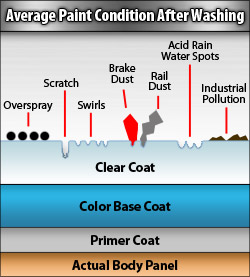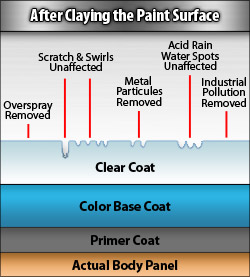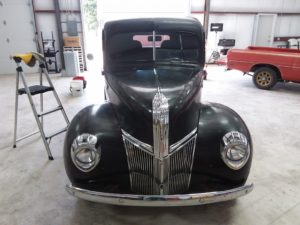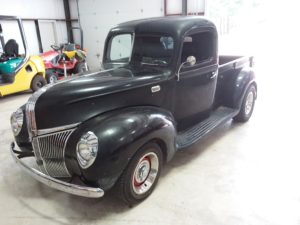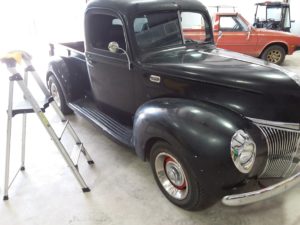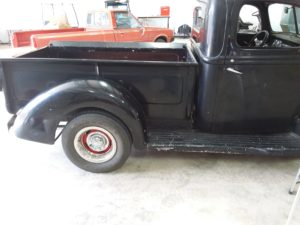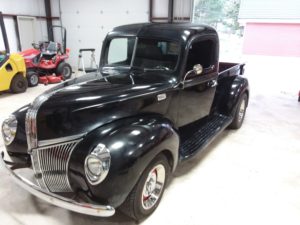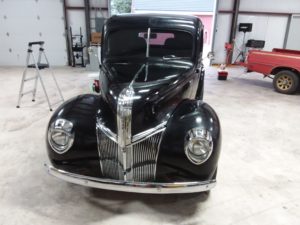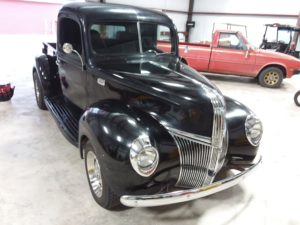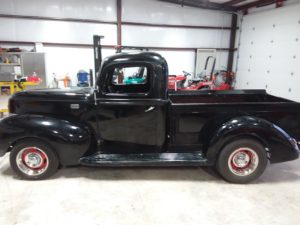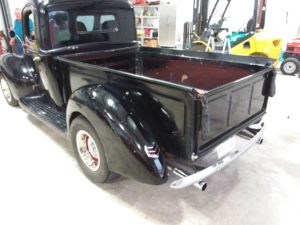In the traditional sense of buffing the answer is no, we do not buff cars. Since buffing requires multi passes with a buffer and multiple chemicals that can not be applied in direct sun light we can not use a traditional buffer to buff your car. However, we can achieve the same affect that traditional buffing does, using a all in one product called HD Speed using a dual action buffer in direct sun light.
HD Speed is a all-in-one correction wax. It’s going to remove light to moderate scratches, swirl marks, while leaving a wax protection behind. It’s easy to use.
It Is easy to apply.

Before you use it you will need to remove the safety seal that is in all our products.

You have many choices of pads you can work with a firm cutting pad. Use a wool pad if you like or a soft finishing pad. It all depends on the type a correction that you would like to make.

You will simply apply four dime sized drops to the pad. Make sure that you put your cord over your shoulder so you don’t scratch the car while your leaning on it.

Rub the Speed correction wax into the surface of the car paint. On our HD polisher set it to level four and turn it on. Always start with the machine on the surface. What you’re going to do for more correction is move it slower across the surface. Very easy simple patterns you don’t need to force the product down on the paint surface. Let it do the work for you. With HD Speed you have a long open working time whether you are outside or inside.

You don’t have to worry about your plastics.

You can SPEED up to use it for correction. If you want to, you can apply it more as a wax. Slow down the speed and it will turn into a wax. it’s just a swipe to remove using microfiber towel in a back and forth motion.

Remove all HD Speed. Now the shine has been revealed, paint correction has been completed. You’ve DONE it! that’s all there is to it.

 going to wax or on a very dirty car. We also use it on a heavily bug plastered car too. The main benefit is that you can pre-soak your vehicle with shampoo without the need to touch your paint. This allows the surfactants in the shampoo to start lifting contamination from the surface of your vehicle, which can also speed up the wash process.
going to wax or on a very dirty car. We also use it on a heavily bug plastered car too. The main benefit is that you can pre-soak your vehicle with shampoo without the need to touch your paint. This allows the surfactants in the shampoo to start lifting contamination from the surface of your vehicle, which can also speed up the wash process.







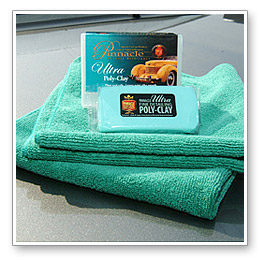 Auto Detailing Clay Bar is an engineered resin compound used to remove contaminants from the surface of your car’s paint, glass, fiberglass and metal. Detailing clay can be natural or synthetic, though most manufacturers utilize synthetic clays.
Auto Detailing Clay Bar is an engineered resin compound used to remove contaminants from the surface of your car’s paint, glass, fiberglass and metal. Detailing clay can be natural or synthetic, though most manufacturers utilize synthetic clays.
